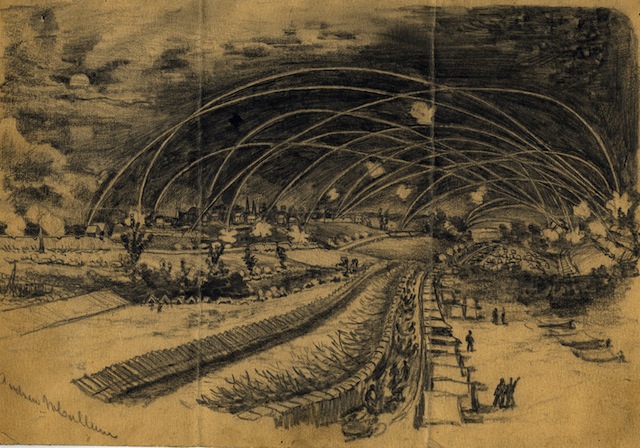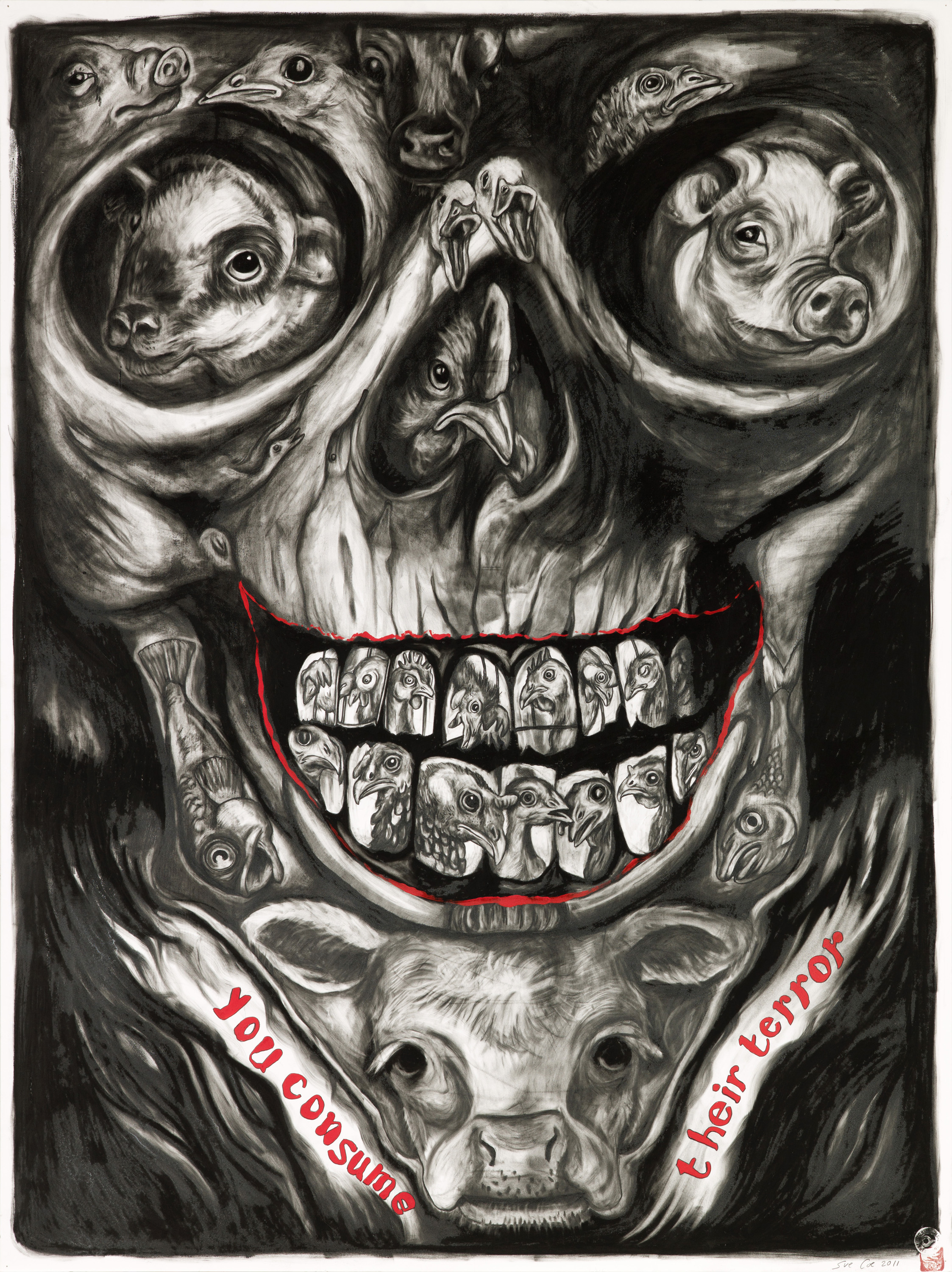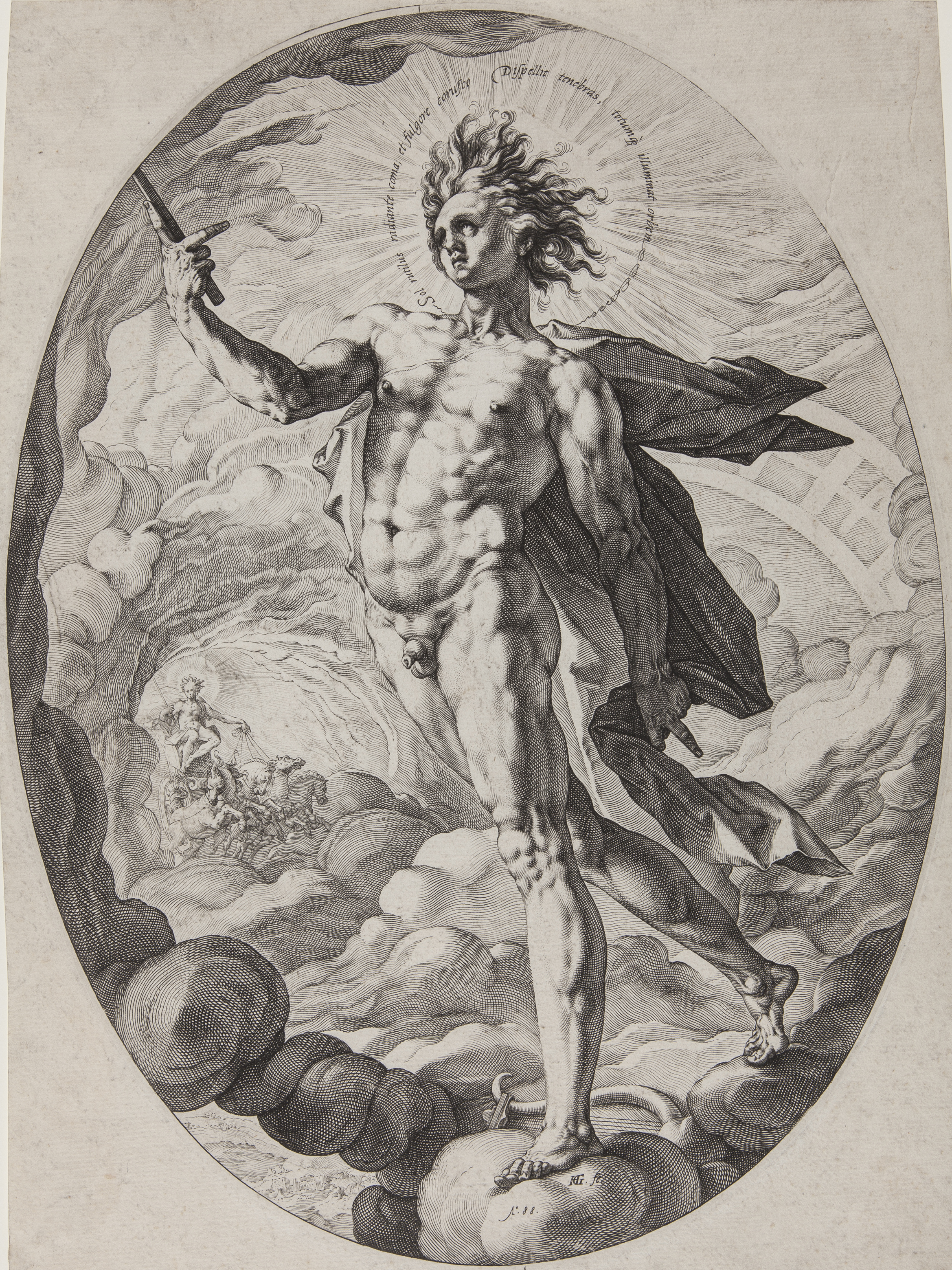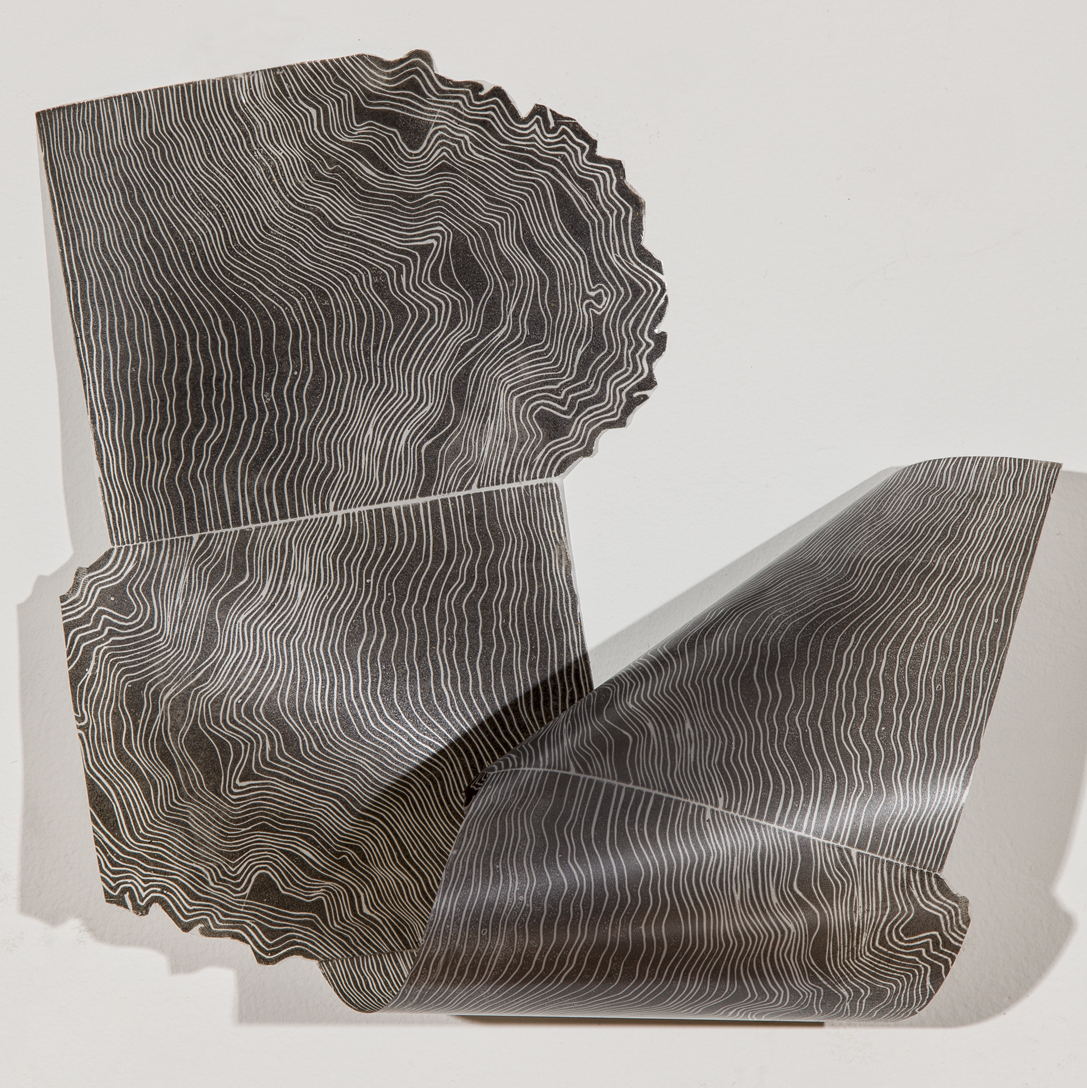The American Civil War witnessed the emergence of a new type of journalist, the “embedded” or “Special Artist.” From 1861 to 1865, Frank Leslie's Illustrated Newspaper, Harper’s Weekly, and the New York Illustrated News sent Special Artists to travel with the Union armies to make drawings of various aspects of warfare, which would serve as the basis for illustrations to accompany news articles. The artists were asked to cover important as well as mundane matters including battles, diplomatic meetings, camp life, discipline within the ranks, and the aftermath of destruction. The Special Artists would add notes and comments to their drawings and send them from the battlefield by train to editorial offices in New York, where teams of engravers would translate the drawings into printing plates.
Although the first illustrated newspapers appeared in the 1850s, the Civil War stimulated their subsequent growth and development. At the height of the conflict, weekly circulation reached hundreds of thousands. Without any comparable publication in the South, the New York-based illustrated newspapers, with their overtly pro-Union bias, dominated the new medium.
This exhibition presents fifty-one drawings from the Becker Collection and corresponding issues of Leslie’s. Taken together one recognizes the origins of many aspects of modern print journalism—a widely circulated press, illustrated news stories, embedded artists, and their role in shaping public opinion.
This exhibition is organized and underwritten by the McMullen Museum at Boston College.
Exhibition touring services are provided by Curatorial Assistance Traveling Exhibitions.
The Ghosts of Our Meat presents more than forty paintings, drawings, and prints by artist/activist Sue Coe. The works address issues of animal rights, cruelty to animals, the meatpacking industry, the ethics of meat consumption, and parallels between the wholesale slaughter of animals and genocide. The exhibition features works from the past twenty-five years including the anti-capitalist Cruel (2011), the haunting You Consume Their Terror (2011), the controversial Auschwitz Begins Whenever Someone Looks at a Slaughterhouse and Thinks “They are Only Animals,” (2009), her clever promotional prints Go Vegan and Nobody Gets Hurt (2010) and Go Vegetarian! (1999), and a series of related works on the theme of buyer’s guilt: Modern Man Followed by the Ghosts of His Meat (1990), El hombre modern seguido por los fantasmas de su carne (2013), and The Ghosts of the Skinned Want Their Coats Back (1998).
Curated by Stephen F. Eisenman, Professor of Art History at Northwestern University, the exhibition and accompanying catalogue, also by Eisenman, analyzes Coe’s paintings as moral and political interventions into recent debates concerning animal breeding, the ethics of a meat-based diet, and the absence of empathy among slaughterhouse workers and meat consumers alike. He also examines the artist’s formation – especially her childhood experiences growing up next to a slaughterhouse in Surrey, England – and the development of her artistic style, drawing particular attention to her debt to artists of the early Modern era, especially Symbolist and German Expressionists. Eisenman’s provocative study draws on a wide range of scholarship, including works by Charles Darwin, Peter Singer, Tom Regan, Jean-Jacques Rousseau, Jeremy Bentham, Theodor Adorno, Albert Camus, Daniel Goldhagen, and James Waller, as well as a range of studies from scientific journals including Nature and Proceedings from the National Academy of Science.
Sue Coe is one of the foremost political artists working today. Her work has been featured on the cover of ARTnews and in numerous museum collections and exhibitions, including a retrospective at the Hirshhorn Museum, Washington, DC. A firm believer in the power of the media to change attitudes, Coe has seen her artworks published in The New York Times, The New Yorker, Rolling Stone, Blab! and many other periodicals. Coe’s books include How to Commit Suicide in South Africa (1983), [Malcolm] X (1986), Police State (1987), and Bully! Master of the Global Merry-Go-Round (2004). Her print cycle The Tragedy of War (2000) was inspired by Francisco Goya’s Disasters of War etchings (1810–20) and examines the phenomenon of human violence and the horrors of combat. The artist is best known, however, for documenting the atrocities committed by people against animals, starting with her award-winning book Dead Meat (1996). Other publications on the subject include Pit’s Letter (2000), Sheep of Fools . . . A Song Cycle for 5 Voices (2005), and Cruel (2012). A series of drawings and paintings, Elephants We Must Never Forget (2008), documents the abuse of elephants in the circus and elsewhere.
The Ghost of Our Meat exhibition and catalogue are part of a larger celebration of Sue Coe at Dickinson College. On November 1, President Nancy Roseman will present Sue Coe with the Dickinson College Arts Award, which honors an individual or group who has made an outstanding contribution to the creative or performing arts. The award celebration will culminate a multi-day residency at the college, where the artist will share her work and ideas with the college community.
EXHIBITION CATALOGUE
Stephen F. Eisenman, The Ghosts of Our Meat—Sue Coe (Carlisle, PA: The Trout Gallery, Dickinson College, 2013). Distributed by D.A.P.
Letters & Lines
Text and Image in Northern Renaissance and Baroque Prints
February 21, 2014 - April 12, 2014
This exhibition considers the interplay between text and image in prints made in France, Germany, and the Netherlands from the fifteenth through the seventeenth centuries. Includes works by Albrecht Dürer, Claude Lorraine, Anthony Van Dyck, Rembrandt van Rijn, and Hendrick Goltzius. The exhibition is curated by Dickinson College senior art history majors Dana Angotta, Victoria Cote, Chloe Cunningham, Taylor Evertsberg, Diamond McClintoch, Victoria Schonfeld, Benjamin Slyngstad, and Lauren Wyman under the direction of Phillip Earenfight. The works for this exhibition are on loan from a private collection.
In 2006, I made a body of work specifically about the concept of negotiation. This group of sculptures and drawings were shown in Berlin, Germany. In the catalogue for the show, Pamela Franks, Deputy Director of Collections and Education at the Yale University Art Gallery, provided the viewer with a pathway for interpreting the work.
“The genesis of the composition… in these sculptures was a single semicircle with short horizontal elements at either end suggesting platforms for some further exchange. This formal starting point, a two–ended game of balance, is a direct manifestation of the artist’s central conceptual preoccupation in this body of work: the idea of negotiation. The two seats of communication are balanced at either end of a connector that paradoxically keeps the positions apart….The accumulation of individual connecting elements into the overall composition suggests a constellation of relationships with all the negotiable bends and turns, and made or missed connections, of human discourse.”
As I took a fresh look at the idea of negotiation, I realized that many of my sculptures reflected a subtle preoccupation with this concept. This show pulls together a broader body of work that considers the many ways that we negotiate. There are pieces from twenty years ago as well as newly developed work. I have used the materiality of the objects to explore the possibility of a larger narrative. I like to think that, through this work, there is an imaginary space between complexity and certainty that establishes a negotiation between objects.
The senior seminar is the capstone experience of the studio art concentration in the Department of Art & Art History at Dickinson College. This exhibition is the culmination of an intensive period of artistic development that spans both semesters of the senior year. During this time, students are pushed to challenge their notions of art and develop a unified body of work that is equally considerate of both technical and conceptual aspects. True to the nature of a liberal arts education, students are encouraged to think across boundaries and draw from four years of rigorous learning and life experience in order to explore the ideas that have captivated them.
The title of this year's exhibition, Not in Show, is a reference to all of the work made that will not be seen in the exhibition. The works in the exhibition are the success stories. It took many failed works and a strong sense of resolve in order to get to this point. Specifically, what Not in Show also attempts to address are the unknown aspects in the process of creation, the struggles that take place in and out of the studio, and the moments of surprise discovery and seeming defeat. If the students in the seminar learned anything through the course of the year, it is that any worthwhile endeavor takes much work and persistence. More than leaving Dickinson with a strong portfolio, it is our hope that students leave with a resilience and stubbornness that allow them to work through situations that will continue to confront them both in and out of the studio.
Arbus, Frank, Penn: Masterworks of Post-War American Photography comprises thirty-six vintage gelatin silver prints by three of America's leading photographers working in the 1950s and 1960s. The selection of works by Diane Arbus date from 1961 to 1970 and include many of her most celebrated portraits: Identical Twins, Roselle, N.J.; Boy in a Straw Hat Waiting to March in Pro-War Parade, N.Y.C.; and Boy with a Toy Hand Grenade in Central Park, N.Y.C. Irving Penn's photographs date from 1948 to 1951, and cover his three most important series from those years: the “Small Trades,” the “Big Nudes,” and the confrontational portraits of the mountain-top inhabitants of Cuzco, Peru. The Robert Franks photos date from 1953 to 1958 and feature some of the key works reproduced in The Americans, arguably the most influential photography book of the past century. Together, these works capture the incipient fissures of Eisenhower-era America across racial, generational, urban/rural, fault lines that were to explode in the decade to follow.
Exhibition organized by art2art Circulating Exhibitions.

























.jpg)
-2.jpg)
 web-2.jpg)



















